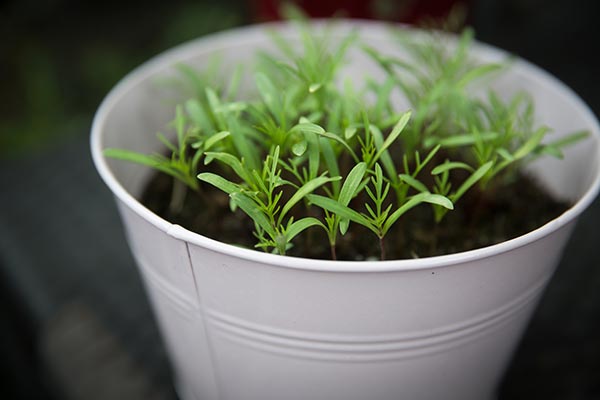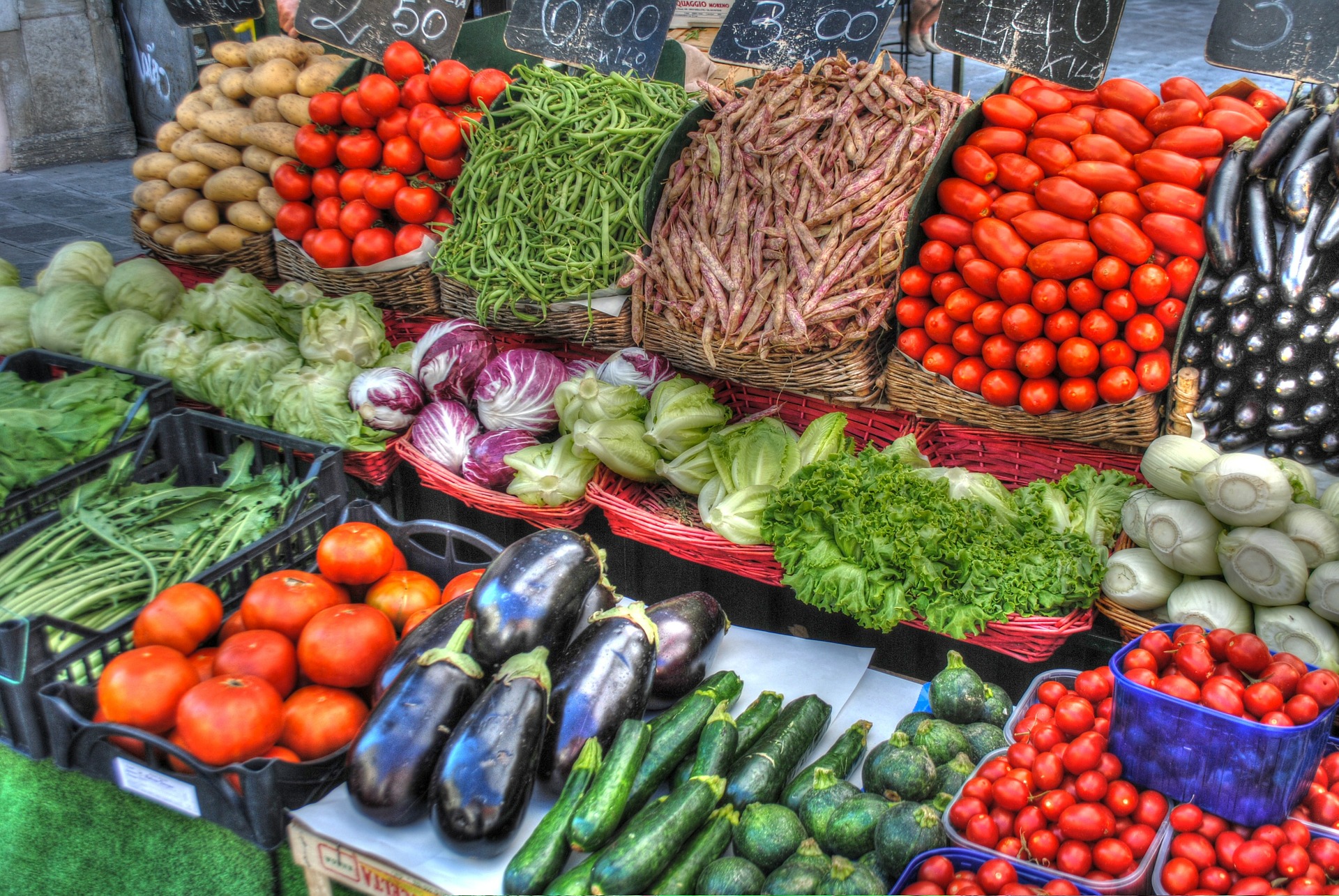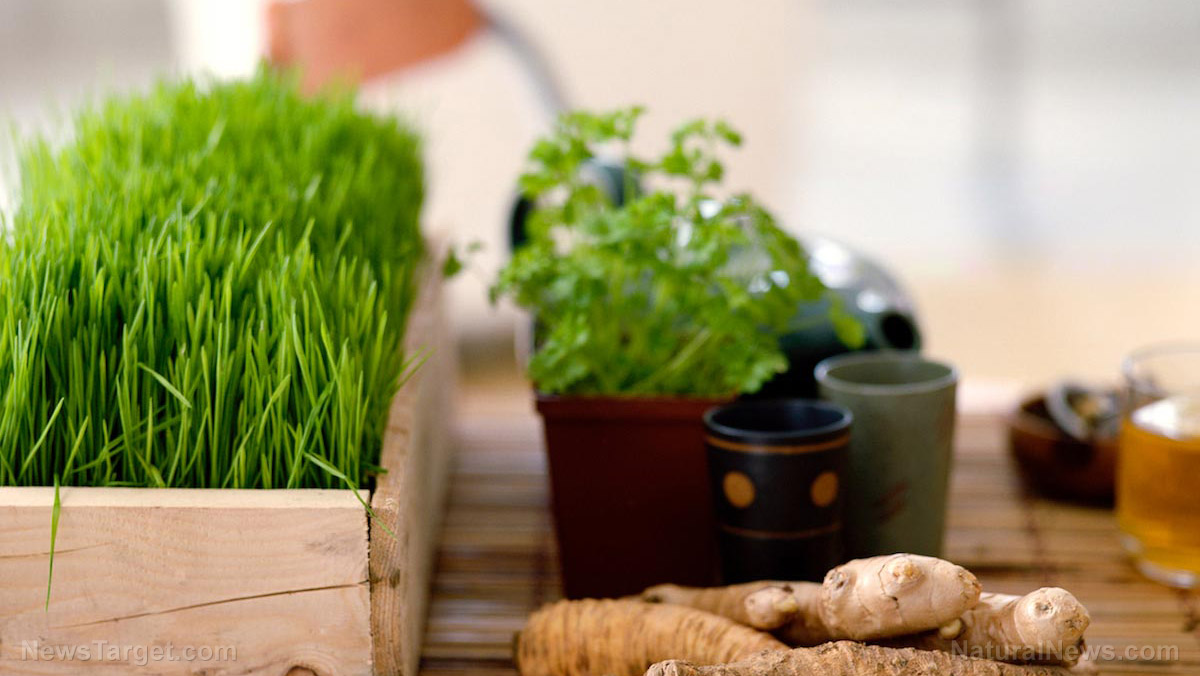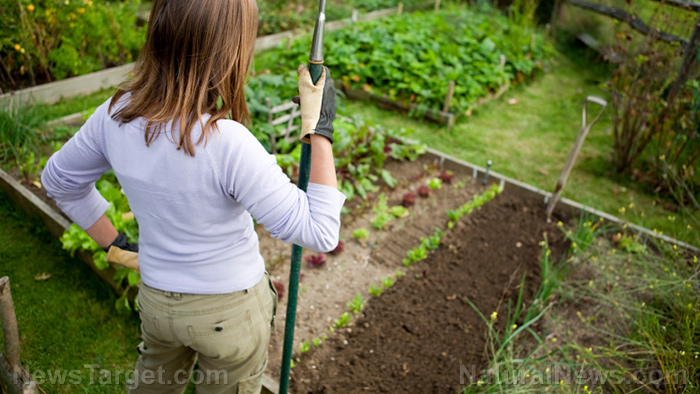Eat your veggies and prevent infections with vitamin A when SHTF
07/07/2020 / By Janine Acero

A post-SHTF world won’t have the conveniences and luxuries that modern society is enjoying. When the dust settles and you try to get your bearings, diseases will be a major threat to you. Hence, it is important to prepare your body to build resistance to infections and diseases. (h/t to PreppersWill.com)
Avoiding illnesses before SHTF
In a post-SHTF world, water for drinking and hygiene can be scarce and often contaminated by bacteria and other pathogens. In addition, the stress and poor diet that may come from living in such a world can also compromise your immune system.
Moreover, surviving healthcare professionals post-SHTF might not have adequate equipment and supplies with which to provide their services. Thus, certain health conditions, which can be managed and treated by a routine visit to a healthcare provider, might be much more difficult to address.
That’s why the importance of preventing illness cannot be overstated. Before SHTF, start nourishing your body with the essential nutrients it needs to resist infection.
Proper nutrition is key to maintaining good health. What you consume will be used by your body as a source of energy – make sure you’re only giving it the good stuff. (Related: Basic nutrition for survival: 10 food items to keep in your emergency cache.)
Preventing infections with vitamin A
In terms of nutrients that support the body in fighting off illnesses, vitamin A might not be most people’s first choice.
Vitamin A is well-known for promoting eye health, among other things. In the 1920s, however, vitamin A deficiency was linked to certain infections, which led to the speculation that the vitamin can also help prevent diseases.
In recent years, research has looked into the effects of vitamin A intake on children with malnutrition in developing countries. Results showed that correcting vitamin A deficiency can lead to a significant reduction in deaths from respiratory infections and diarrhea, and can also prevent stunted growth.
Vitamin A deficiency is not limited to developing countries. A recent national survey showed that about one-third of preschool children and about 10 percent of adults from American low-income families also suffer from this shortage.
Consuming vitamin A-rich foods for better health
Vitamin A is a “fat-soluble” vitamin, meaning it can be stored away in the liver for later use. In fact, beef liver is the best dietary source of vitamin A; one 2 oz slice can provide a week’s supply. In addition, vitamin A is also abundant in yellow, orange and dark green produce.
The Recommended Dietary Allowance for the average grown male is 5,000 IU, which can be obtained from one medium carrot or one vitamin A capsule. The average adult female needs a little less than this amount per day. Breastfeeding women, however, require a little more vitamin A than men. Small children should have only half of the adult portion; older children about three quarters.
The following foods can give you enough vitamin A to last a day.
Yellow fruits and vegetables
- Apricots, dried – 1/3 cup
- Apricots, canned – 1 cup
- Carrots, raw – 1 carrot
- Carrots, canned – 1 ½ oz
- Cantaloupe – 1/3 cup
- Peaches, fresh – 4 peaches
- Peaches, dried – ¾ cup
- Pumpkin, fresh – 1/3 cup
- Winter squash – 2/3 cup
- Sweet potatoes, yams – ½ of one piece
- Sweet potatoes, canned – 1/3 cup
Leafy greens
- Beet greens – 2/3 cup
- Broccoli, fresh – 1 large stalk
- Broccoli, frozen chopped – 1 cup
- Collards – ½ cup
- Dandelion greens – ¼ cup
- Kale – 2/3 cup
- Mustard greens – ½ cup
- Spinach – 1/3 cup
Other foods
- Tomatoes, fresh – 3
- Watermelon – 2 slices
A balanced diet and an overall healthy lifestyle is the best route for fortifying your body against disease. Find a vitamin A-rich food that you like and make it a part of your daily diet. If you can, grow it in your own backyard. If you aren’t keen on eating vitamin A-rich vegetables every day, consume at least one type once or twice a week.
Sources include:
Tagged Under: beta carotene, carotenoids, Diseases, Fresh, fruits, immune system, nutrients, nutrition, organics, preparedness, prepping, prevention, SHTF, supplements, survival, veggie, vitamin A, vitamins
RECENT NEWS & ARTICLES
COPYRIGHT © 2017 ORGANICS NEWS


















